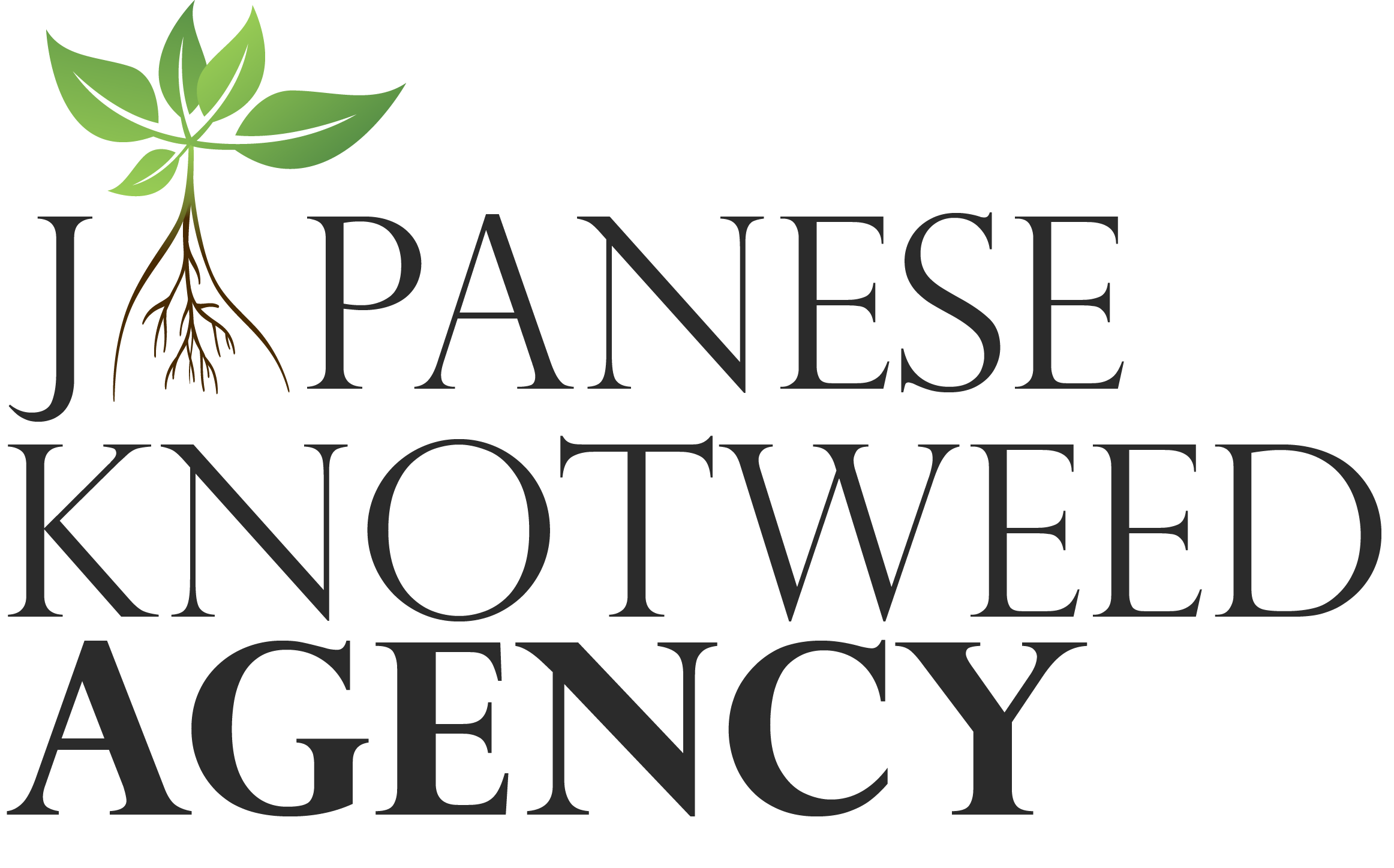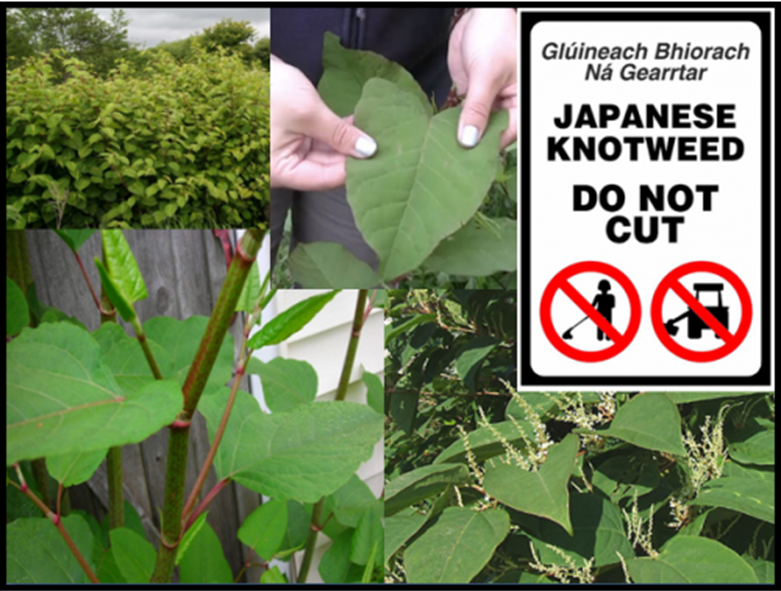The property industry is being hit with problems caused by Japanese knotweed. In just 10 weeks, it can grow 10 cm per day and can reach a height of 3-4 meters. It is illegal for someone to cause or allow the invasive plant spread onto another property.
A new study has shown that the UK has seen an astonishing 28% increase in Japanese knotweed cases in the last five years.
The results of analysing 29,536 confirmed cases of Japanese knotweed in the UK from 49 environmental organizations including National England, Environment Agency and National Trust were reached. The Japanese Knotweed Agency has also started a National Register for England and Wales.
It is extremely difficult to remove the underground roots of this plant. The nationwide treatment of the invasive plant may take up to three decades.
Ask your surveyor to check for Japanese knotweed or other invasive plants when you hire them as a consultant for your new home purchase.
This is particularly important if your property borders an existing or old railway line or is near a river, canal, or stream, Council land or commercial property.
Horticulture conducted a YouGov survey previously to learn more about the plant’s impact on the property market.
According to the YouGov survey, 4/5 of UK homeowners said they wouldn’t buy a house with Japanese knotweed. Just under half of those who said they would still buy the house agreed to lower the price at least 10%.
Many homeowners are not familiar with the plant, according to the survey. The reason is that only half of respondents could identify Japanese knotweed using a selection of photographs.
Questions remain about the government’s response to Japanese knotweed.
A national eradication program was proposed in 2015, but it was rejected by the government due to the staggering £1.5 billion cost.
Due to the current year’s weather, Japanese Knotweed is fast-growing and an invasive plant. This causes homeowners more problems than ever.
Its wet and frosty spring was followed by sunshine and dry weather earlier in the year. Experts are anticipating a rise in Japanese Knotweed incidence, which is already flourishing and growing rapidly.
Buyers and sellers must realise that there is a real possibility of an infestation or evidence of it in their property. This could cause a property to be unable to sell or stop selling.
Japanese Knotweed is a legal requirement for home sellers. The TA6 Property Information Form is used to notify buyers about any negative aspects affecting their home. It also includes a question pertaining Japanese Knotweed.
It is difficult to get a mortgage for a property that has Japanese Knotweed or had it in the past. Many home insurance policies won’t cover Japanese Knotweed. They also won’t cover damage to neighbouring properties or the cost of removing or eliminating the plant.
Japanese Knotweed is classified as a controlled waste under the Environmental Protection Act 1990. It can grow up to 20cm per day. If it is not controlled, its roots can reach deep into foundations and cause damage to walls and drainage systems.
It must be removed and disposed of by an expert. The cost will vary depending on how large the infestation is.
For homeowners, the only way to protect against any damage or remediation caused by Japanese Knotweed in their home is to purchase a Japanese Knotweed-specific insurance policy.


